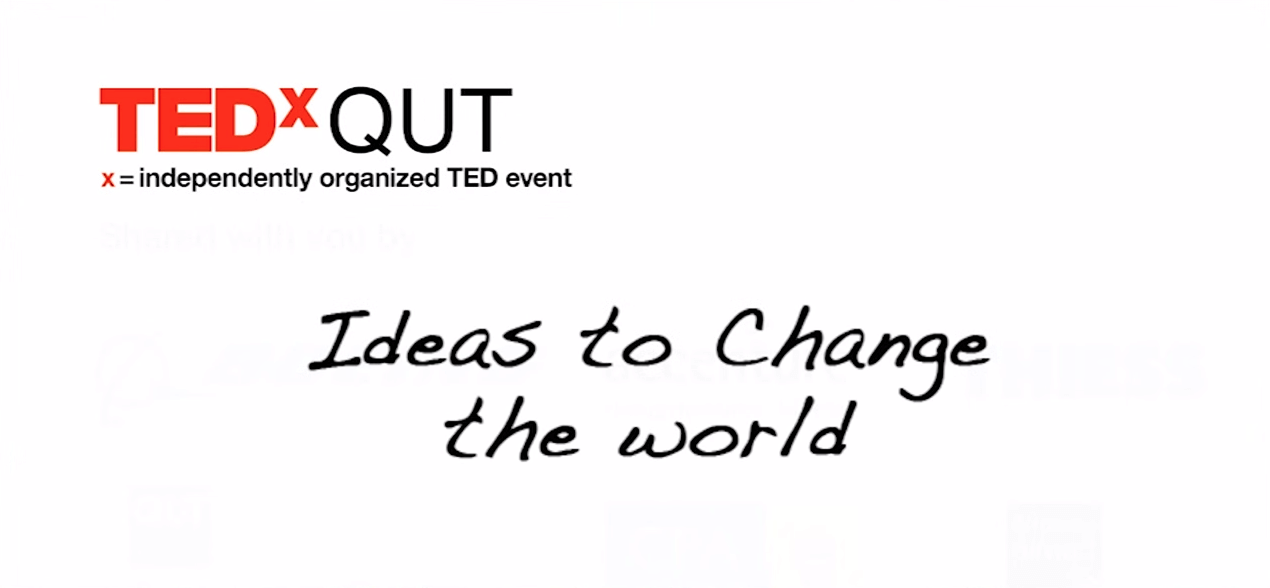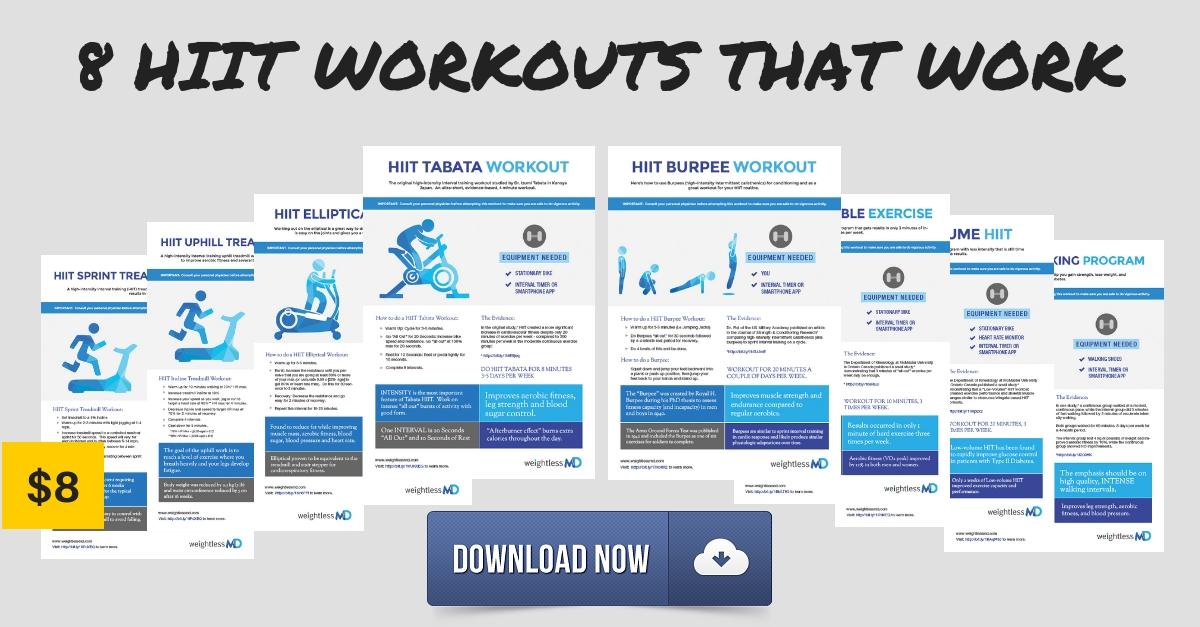Have you ever wondered what happens when you lose weight?
Where does the fat go?
I mean you hear about fat “burning,” but does this really happen?
If you have these same questions, you’ll find the TEDx talk The Mathematics of Weight Loss by physicist Ruben Meerman totally fascinating.
Watch the video below and I think you’ll have a new appreciation for how we lose weight.
I passed my university biochemistry classes as well as organic chemistry. I even painfully memorized parts of the Krebs cycle (of which I have completely flushed from my mind).
I understand the biochemistry of how the body utilizes energy and more importantly how complex it is, but this TEDx talk opened my eyes by clearly simplifying the bigger picture.
The mathematics of weight loss is not complex when put in to these terms.
Eat less and move more.
Now, admittedly “eat less and move more” is far more complex from a human perspective.
It’s easy to say, but getting a real human with the complexities of life to do just that thing, is a monumental task.
Weight loss is easy, humans are difficult.
This is what weightlessMD.com is about.
Helping people make difficult life changes.
We do this by first providing high-quality information. The education is to understand the correct way to do things as well as the “why.”
Once this foundation is in place, we start to work on the strategies and tactics. How do we change those difficult habits? How do we make small and simple changes that lead to bigger impacts over time.
So, don’t let this video make you think that weight loss is as simple as a mathematical formula.
It’s not.
Humans are beautifully imperfect . . they come with stress, insomnia, relationship and financial challenges, time crunches, food addictions, terrible food environments, bad habits, sedentary behaviors and the list goes on.
Your body is is not perfect.
Some of us do have genetics that cause a propensity to carry more fat. Some of us move less. The foods we eat are complex. Some foods, like nuts, get absorbed less than others. Other foods trigger cravings and make you want to eat more. Lastly, sugary foods, like bread, trigger insulin release and more fat storage.
Other foods provide fiber and antioxidants that may help in complex ways that we may not understand yet.
So, yes it is just a mathematical formula, but it’s more complex . . . because we are complex.
Here’s a sneak peak at what you’ll learn in this TED talk about the mathematics of weight loss.
Where does the fat go?
You breath it out.
- 84% of fat is exhaled as CO2
- 16% of fat is excreted as H2O
- 10 kg fat becomes 8.4 kg of CO2 and 1.6 kg of H20
You breath out the carbon dioxide and excrete the water (H2O) at rest (like sitting on the couch).
Logically, you exhale and excrete more carbon dioxide and water when you move, which we usually call exercise.
The corollary to this is that if you are not breathing heavily and sweating you’re not getting rid of the fat – at least not as much fat.
The physical experiments in this video show that your breath contains “mass.”
This is eye opening.
I knew my breath contained oxygen and carbon dioxide atoms, but I never “saw it.” To demonstrate this visually creating “powder” from the atoms in your breath is stunning.
It makes me want to take deeper breaths to get the fat out . . . but Ruben answers this question as well.
Can I just breath more?
No.
You need to move more and eat less to trigger the biochemistry to release the fatty acids and use them as a fuel source creating the carbon dioxide and water.
To think that with every breath you exhale the carbon atoms from your body that are essentially by products of “fat burning” and other processes in the body is amazing.
Ok, ’nuff said. Check it out the video here:

